The ruins of Rabdentse Palace lies just a few kilometers from the Pemyangste Monastery on the way to Pelling. Sikkim is a mystical land with all the ancient monasteries and intriguing places to visit. Rabdentse is one such place. You find the signboard of this ancient site out of nowhere on the highway to Pelling with an equally curious line – “Follow the Path and you will reach the Palace” written on a simple entry gate. Being totally addicted to ancient monuments, we decided to follow wherever the path led to.

The ASI signboard of Rabdentse
As we entered, there was a well-marked path that was to lead us to the palace. As we move towards the path which was about 1 km from the rickety entrance gate, we were surrounded by complete silence. There was not a soul in sight and the intrepid jungle pathway seemed to be our only company. We were wondering about where this road might eventually lead when we saw some upbeat boards which are usually there to boost the morale of the hikers. The cool path through the foliage looked serene and tempting and it beckoned us for exploration.

The way through the forest
After a 15 minute walk through the forests, we reached a clearing and the ASI board greeted us. and then we saw the three chortens. So we had finally arrived after a trek through a canopy of chestnut trees and sodden moss laden path. There stood a throne comprising three standing stones called as “Namphogang”, which was the pulpit of the judges from where judgments were pronounced during the active days of the king’s reign from Rabdentse. Further ahead, the ‘Taphap Chorten’ is seen in semi-ruined condition. This was the entry point to the Palace and people seeking access to the palace had to dismount from their horses and remove their hat as a mark of respect to the King here.

A Chorten
The palace ruins are at the centre of the fourth courtyard. The ruins that stand today are only a part of the palace. There was a separate portion for the royals and the commoners. Only a part of the palace remains today. The southern side has a religious complex and has the best views of the snow clad mountains. This shows how much reverence the king had for prayers. The best sites of the palace were marked for prayer halls and chortens.

The ancient capital of Sikkim – ruins of Rabdentse
This is where the kings of Sikkim had ruled and what a wonderful place for the palace! As we were walking down the forest pathway, we did wonder about the choice of the place for the forest. But as we were looking over the ruins and the magnificent view of Kanchenjunga it offered, we understood why the king had chosen such a place. The terrain would offer protection from the enemy while the place itself looked to have received direct blessings from the Gods. It was a perfect place for a palace.
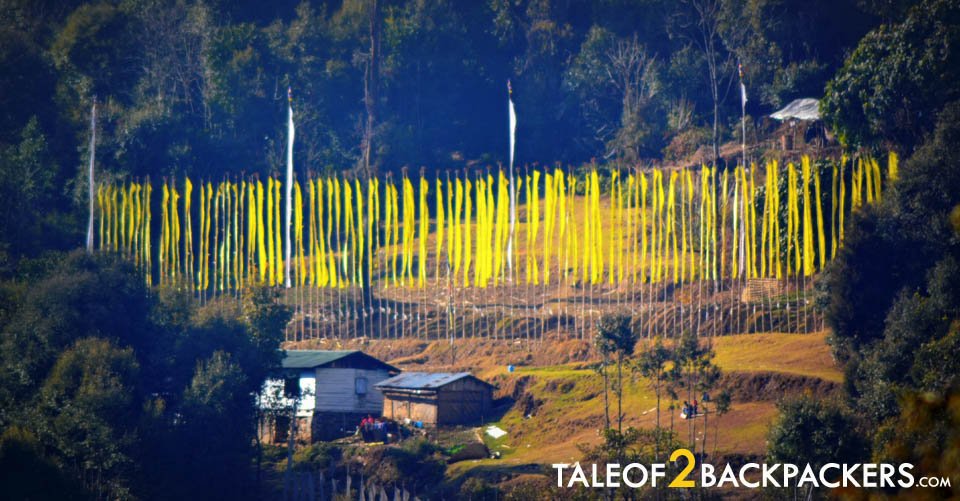
The beautiful surroundings

The ruins stand amidst the beautiful backdrop
The history of Rabdentse is equally interesting. Rabdentse was the second capital of ancient Sikkim, the first one being Yuksom. The capital was founded by the 2nd Chogyal of Sikkim Tensung Namgyal in the year 1670. The capital city survived almost a century that saw many royal conspiracies and attacks from foreign lands like Bhutan and Nepal. Eventually, the capital was shifted in 1793.

Rabdentse
About three hundred years ago, there was a king here, ruling over the forests, a king who ruled his subjects with great care. The ruins now stand as a testimony of the ancient place which was earlier full of life. This place has an ephemeral beauty with the Kanchenjunga overlooking us. Let the kings remain in peace.

The entrance to the ancient territory of Sikkim – Rabdentse
Some facts about Rabdentse:
Location: Rabdentse Palace is in West Sikkim, and the nearest city is Pelling. Pelling is 133 Km from Siliguri and 125 Km from Gangtok.
How to Reach: There are jeeps to Pelling from Gangtok (125 Km) and Jorethang (48 Km). There are also buses from Gangtok and Siliguri. To visit Rabdentse, you will have to either hire a vehicle or take a share jeep.
Where to Stay: There are plenty of options to stay at Pelling as well as Gangtok. There are even hotels in Jorethang.
Tips: Hire a vehicle and combine a visit to Rabdentse with the Pemyangtse Monastery, the Khecheopalri Lake and Kanchenjunga waterfalls. You can also visit the ruins while your visit to Pelling.


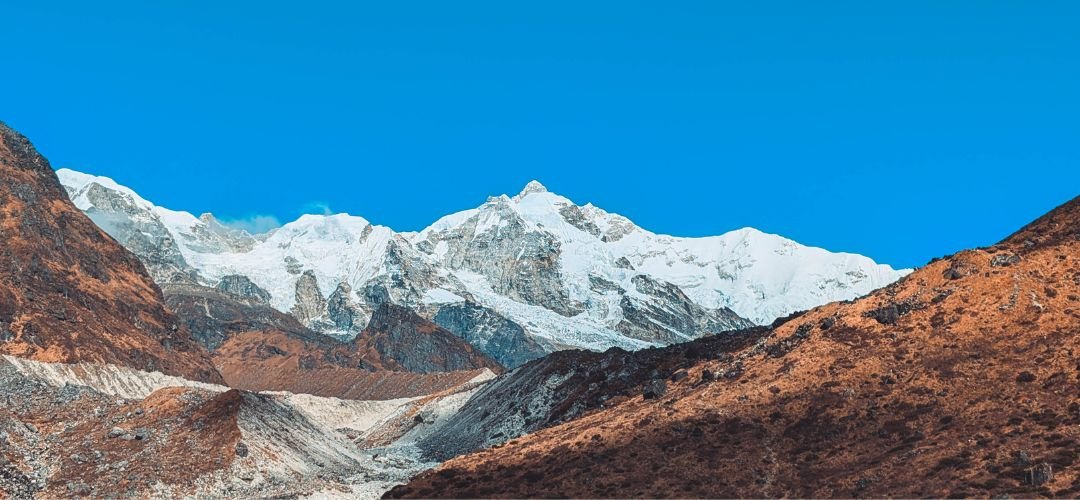


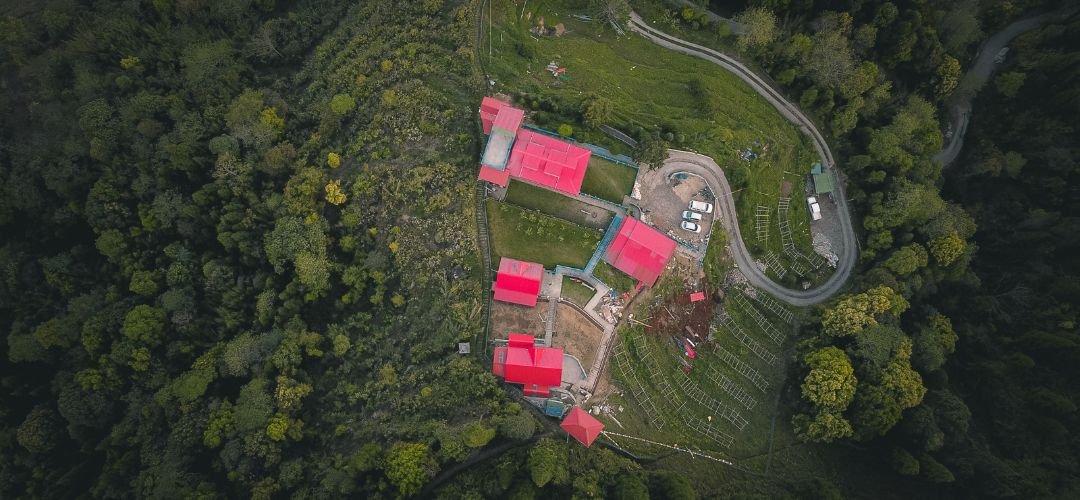

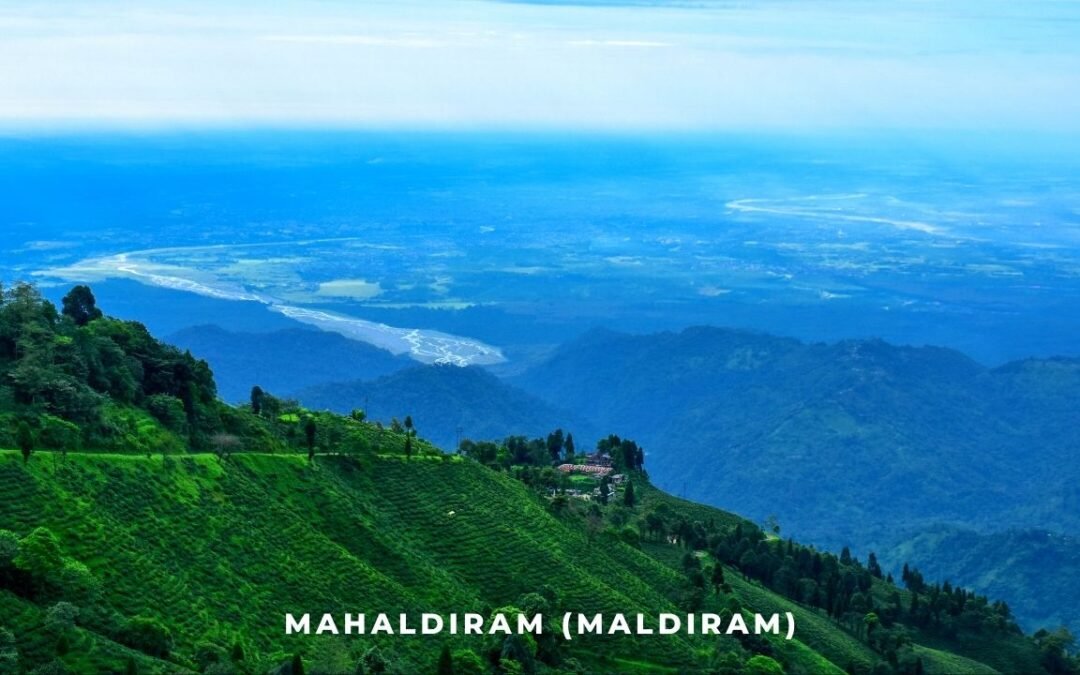
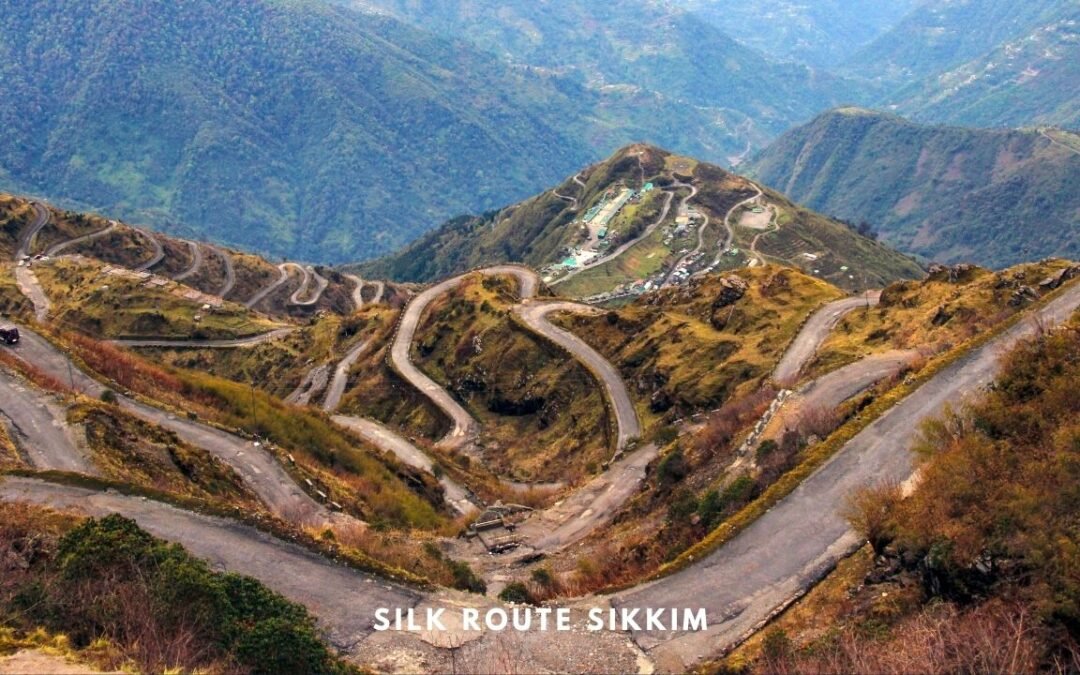
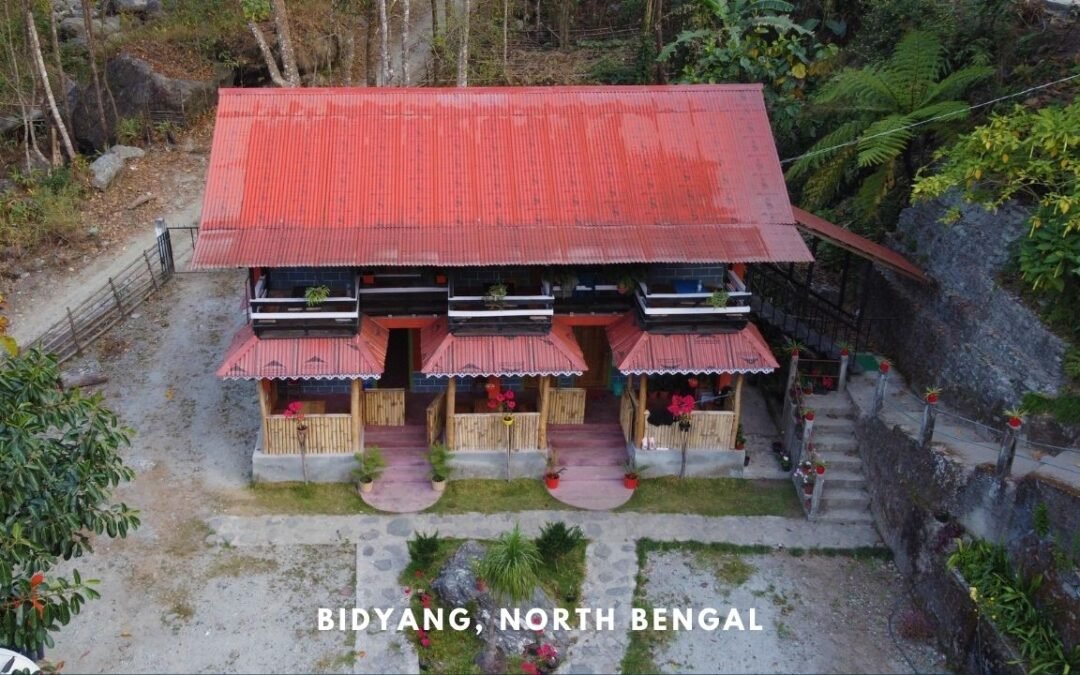
This was a hidden gem that I discovered in Sikkim this time – loved the long green path to the monument.
Rabdantse, a Vajrayana Buddhist site of 17th century CE which yielded a number of archaeological findings during clearance -cum -exposition work , done by the Kolkata Circle of the Archaeological Survey of India. The significant discoveries are displayed in a small sculpture shed-cum museum within the site itself. The fragile and brittle objects could not be exhibited before the visitors.
Thank you Sangeeta for this information.